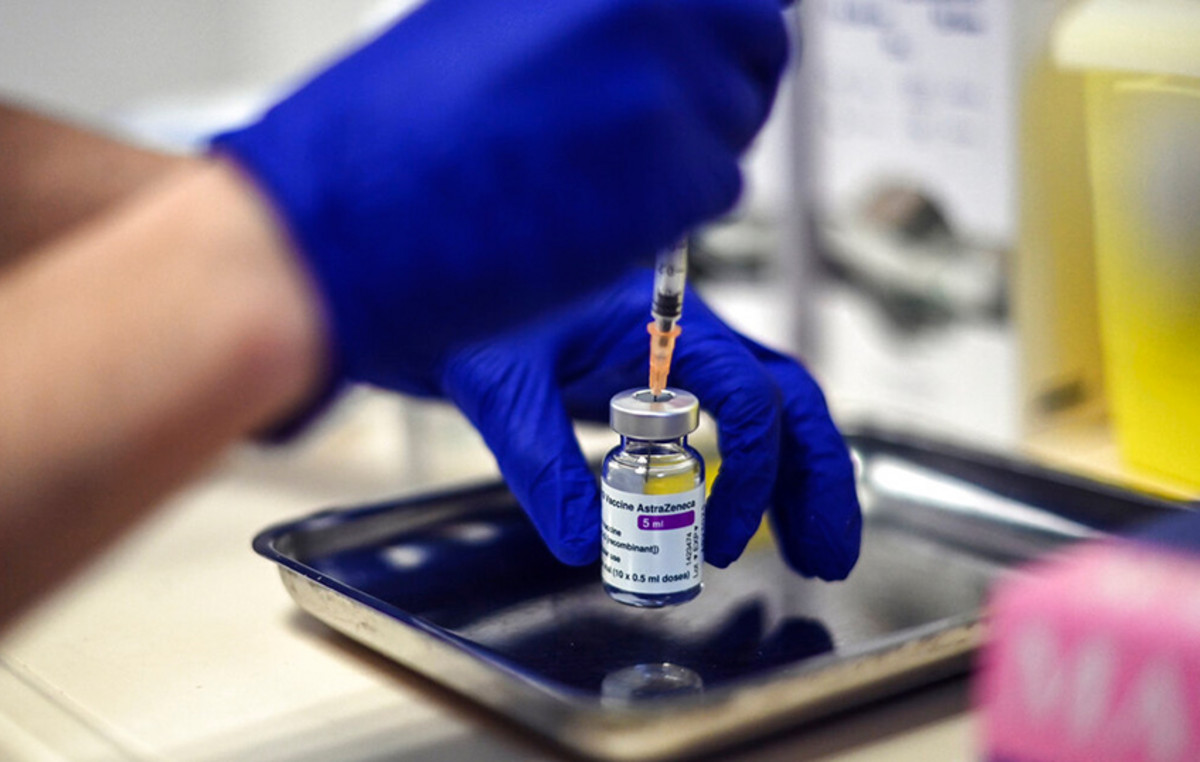Despite the upward trend and the intra-conference reaction efforts, Wall Street succumbed to another meeting in the intense nervousness caused by the recent increase in US bond yields and rising inflation, with the technology Nasdaq even entering a correction zone.
The climate did not manage to reverse the positive messages from the corporate results front either, as the increased yields of US bonds, despite their small decline, today continued to put pressure on equity values, especially in bond volatility sensitive securities and other “growth shares”.
It is noted that the yield on the US 10-year bond fell slightly around 1.835%, from almost 1.90% that had climbed yesterday, but remained close to levels that had been recorded since the beginning of 2020. The yield on the 2-year bond, which is more sensitive to the Federal Reserve’s monetary policy expectations, also fell slightly to 1.01%, having previously climbed to 1.055%, the highest level since February 2020.
The market climate was further aggravated by inflation concerns, with analysts worrying about the growing corporate reports when announcing the quarterly corporate results for the increase of operating expenses and wages, a development that – as they point out – shows that inflation last longer than expected.
It is noted that the next meeting of the Fed is scheduled for next Tuesday. Although many economists believe January is too early for the Federal Reserve to raise interest rates for the first time, Matthew Ryan, a senior market analyst at Ebury, said: the quantitative easing program is coming to an end in two months ”.
Indicators – Statistics
Thus, although the financial results announced by Morgan Stanley, Bank of America and Procter & Gamble before the start of the session, created a positive atmosphere and the market opened upwards, the reaction did not last and after several exchanges of signs, the key indicators fell and completed another session with significant losses.
The highest losses were recorded by the technological Nasdaq, which after -1.15% at 14,340.30 points entered a correction zone, as it closed 10.69% lower than its high on November 19. It is noted that yesterday the index closed below the 200-day moving average for the first time since April 2020, while since the beginning of the year it has been “writing” losses of 8.3%.
This is the 66th time since the introduction of the Nasdaq in 1971 that the technology index has entered a correction zone, of which 24, or 37%, have led to bear markets or a correction of at least 20% of its recent peaks.
The Dow Jones industrial average also closed with significant losses of 1% or 340 points lower, reaching 35,028.65 points, while the broader S&P 500 closed at 4,532.76 points, with losses of 0.97%. The highest losses were recorded by the non-durable consumer goods sector with -1.81%, followed by the financial services sector with losses of 1.65%.
Of the 30 shares of the blue chips index, only 9 closed in positive territory, while the rest ended with losses. Procter & Gamble recorded the highest gains with 3.36% and Walmart with 1%, while Boeing (-3.52%), Caterpillar (-3.10%) and American Express (-2.88) recorded the highest losses. %).
On the board, Morgan Stanley shares closed up 1.83% on Wednesday, after announcing a 10% increase in quarterly earnings, as the US bank capitalized on the explosion of mergers and acquisitions, and created strong commissions from the supply advice on agreements.
The Bank of America Corp. also rose 0.39%, which also announced a quarterly profit gain, benefiting from rising lending and the slow pace of global trading activity, which helped boost investment banking.
With gains of 3.36%, as mentioned above, the share of Procter & Gamble closed, which announced quarterly figures better than analysts’ expectations.
Macro
At the end of the day, construction of new homes rose unexpectedly in December in the US, amid the mild temperatures for the season, but the jump in material prices is expected to hit the market in the coming months.
In particular, home openings rose 1.4% to a seasonally adjusted annual size of 1.702 million units in December, the Commerce Department announced today. Analysts’ average estimates in a Reuters poll put the starts at 1.650 million units.
November data, meanwhile, revised slightly lower to 1.678 million from 1.679 million previously.
Building permits, a sign of future market activity, jumped 9.1% in December to 1.873 million units
I am Sophia william, author of World Stock Market. I have a degree in journalism from the University of Missouri and I have worked as a reporter for several news websites. I have a passion for writing and informing people about the latest news and events happening in the world. I strive to be accurate and unbiased in my reporting, and I hope to provide readers with valuable information that they can use to make informed decisions.







